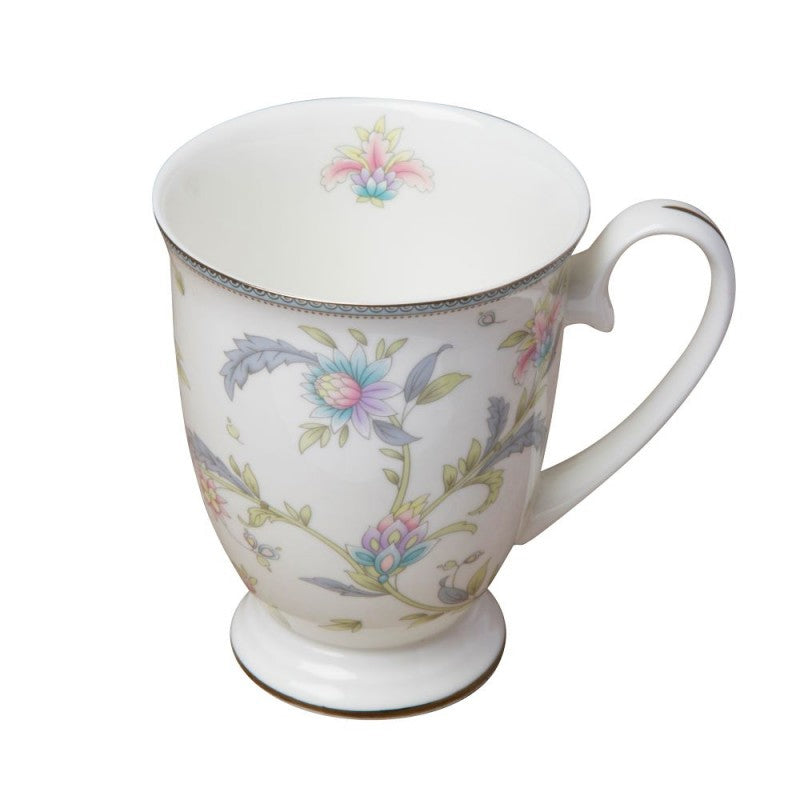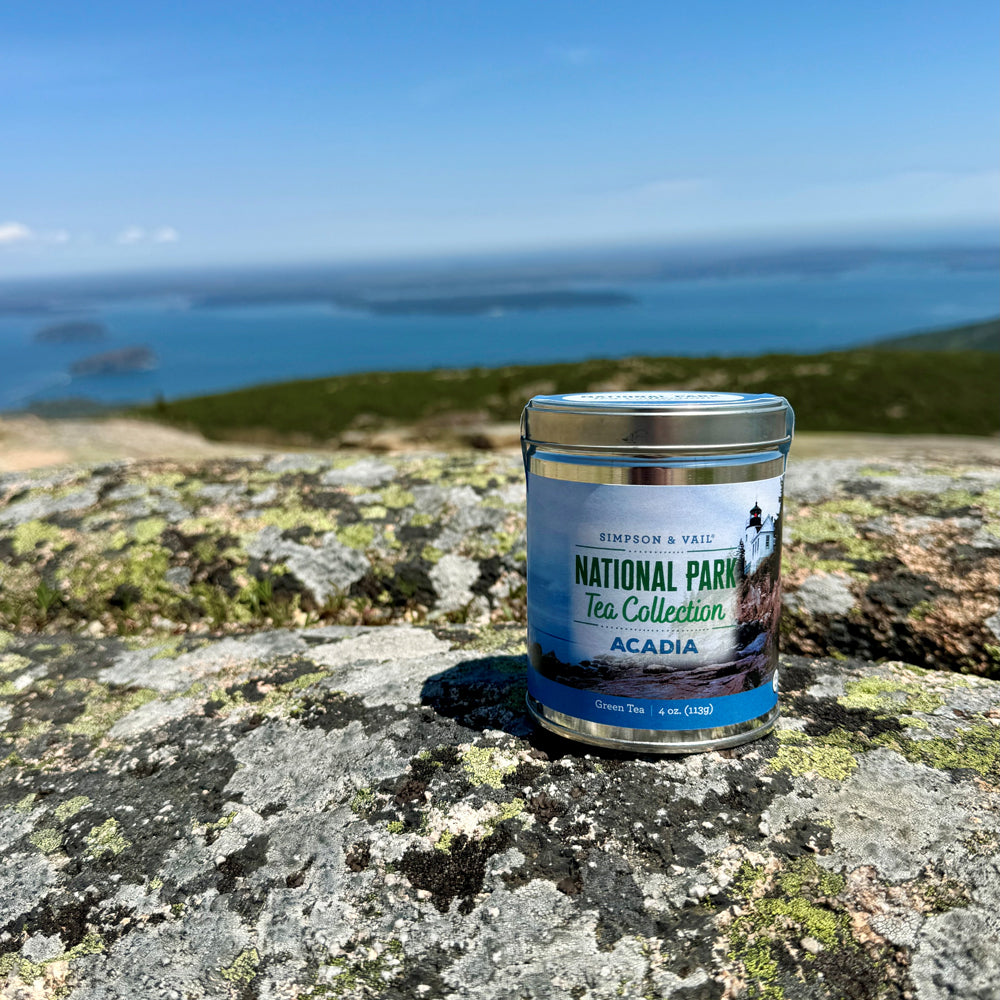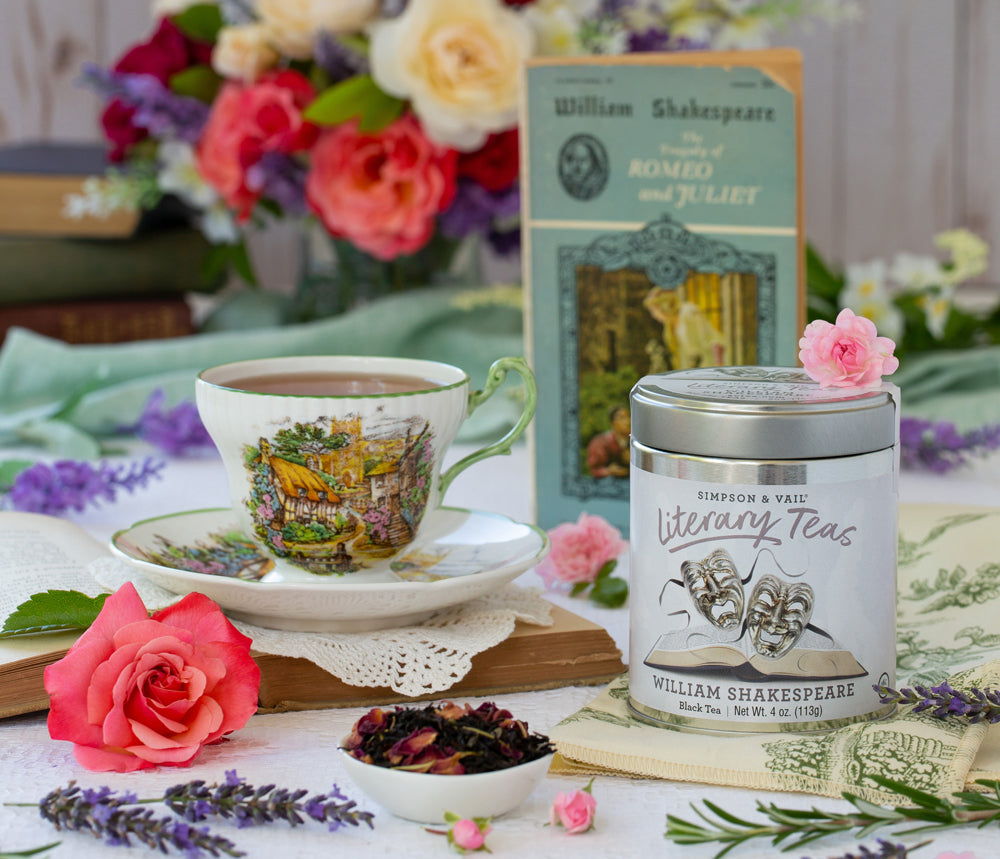Caffeine & Decaf Tea Information
Decaffeinated Tea Information
Co2 process:
Super critical carbon dioxide (co2) uses highly pressurized carbon dioxide, the gas that adds bubbles to mineral water, to dissolve caffeine from tea leaves. At pressure of 250-350 times atmospheric pressure, co2 takes on the density of a liquid and the viscosity of a gas, which makes an efficient solvent. In its pressurized state, co2 is pumped into a sealed chamber containing tea, where it is allowed to circulate to remove the caffeine. From there it is pumped into a washing vessel where water or activated charcoal is used to separate the caffeine from the co2. The purified co2 is recirculated into the pressurized chamber. This process is repeated until the appropriate amount of caffeine has been removed. The major advantages are that it does not leave a chemical residue and it has a minimal effect on the flavor and beneficial compounds inherent in tea. For decaf green tea that means that the leaves are left with around 95% of the original EGCC content.Home decaffeination:
For many years we, and many other tea professionals, told people that you could decaffeinate your own tea at home by pouring boiling water over the tea leaves and pouring off that first steep after 30-45 seconds to remove a large portion of the caffeine. This was a very generally regarded “truth” in the tea industry. Subsequently many tests have been performed on the rate of release of caffeine in different teas that debunked this myth. Below is some information on caffeine in tea.
Caffeine Information:
The leaves of the tea plant, Camellia Sinensis, contain many chemicals including amino acids, carbohydrates, mineral ions, polyphenolic compounds, and caffeine. The effects of caffeine in tea are released slower than coffee due to the polyphenols in tea and therefore last longer in the body, providing a more stable stimulant.
Average Caffeine Content per 8oz of Steeped Tea*
Black tea 40-120 mg
White tea 38-115 mg
Oolong tea 12-55 mg
Green tea 8-60 mg
Coffee 80-130 mg
It is extremely important to note that we are using the word “average”. This is important because the time of day, time of year a tea is picked, etc. contribute greatly to the levels of caffeine found in the brewed cup.
- Caffeine increases as you move up a tea shoot from mature leaf to bud. The bud contains the highest caffeine level. It does not matter if it is white, green or black tea, the bud will always contain the highest level of caffeine. This is due to the evolutionary development of the tea plant. In order to protect the new leaf, the plant will sacrifice the old leaf. Thus finer teas, with more bud, tend to have higher levels of caffeine.
- There are two varieties of the tea plant (Camellia sinensis): Camellia sinensis var. sinensis (native to China and Southeast Asia) and Camellia sinensis var. assamica (native to Assam, India). Caffeine is on average 30% higher in Camellia sinensis- variety assamica than in Camellia sinensis- variety sinensis.
- Green tea is typically (overall and on average) slightly lower in caffeine than black. Although with all discussions of caffeine levels in tea, there are exceptions. For instance, China black tea is made from variety sinensis and in Indonesia green tea is made from variety assamica. This will alter the stereotypical expectation.
- Both coffee and tea plants have similar biochemical pathways for the synthesis of caffeine. There is no ground for supposing that coffee caffeine is in any chemical way different from tea caffeine - the difference is in the physiological effect, due to tea theaflavins interacting with caffeine, which does not occur in coffee.









are there any sugars or calories of any kind in your teas?
Leave a comment